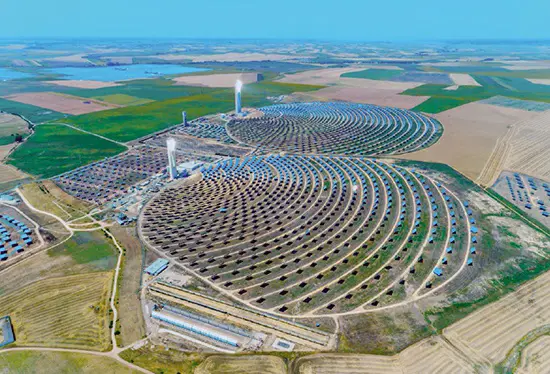In the late 19th century, the discovery that light could generate an electric current in certain materials laid the foundation for solar power. This phenomenon, known as the photoelectric effect, earned Albert Einstein a Nobel Prize and paved the way for the development of solar cells. By the mid-20th century, these cells began to harness sunlight for electricity, marking a significant advancement in renewable energy technology.
The oil embargo and energy crises of the 1970s acted as catalysts, accelerating the development of solar power for terrestrial applications. A key development was the establishment of the first megawatt-scale solar power plant in 1982 in California’s Mojave Desert by the Atlantic Richfield Company (ARCO). Despite initial setbacks due to fluctuating oil prices, this venture set the stage for larger-scale solar power production.
Fast forward to the present, technological advancements have significantly improved the efficiency of solar cells, while environmental concerns have underscored the need for sustainable energy solutions. This has led to a resurgence in solar power. Residential and commercial buildings are increasingly adopting rooftop solar panels, and solar farms are being established worldwide, with some producing over 850 megawatts of electricity.
Today, solar power contributes approximately 1.7% of global electricity production, a figure that has quadrupled in just five years. While still a small fraction compared to other energy sources, solar power is the fastest-growing renewable energy sector. With continued improvements in efficiency and reductions in costs, solar power is poised to become a dominant energy source in the latter half of this century, reflecting a significant shift towards a more sustainable and cleaner energy future.

